Thanks to Stephan Wagner for the reminder.
USA; 20. Century; Christian; film; City: New York
Thanks to Stephan Wagner for the reminder.
USA; 20. Century; Christian; film; City: New York
… with wall to protect the city from the creatures of the deep in the movie Pacific Rim (2013)
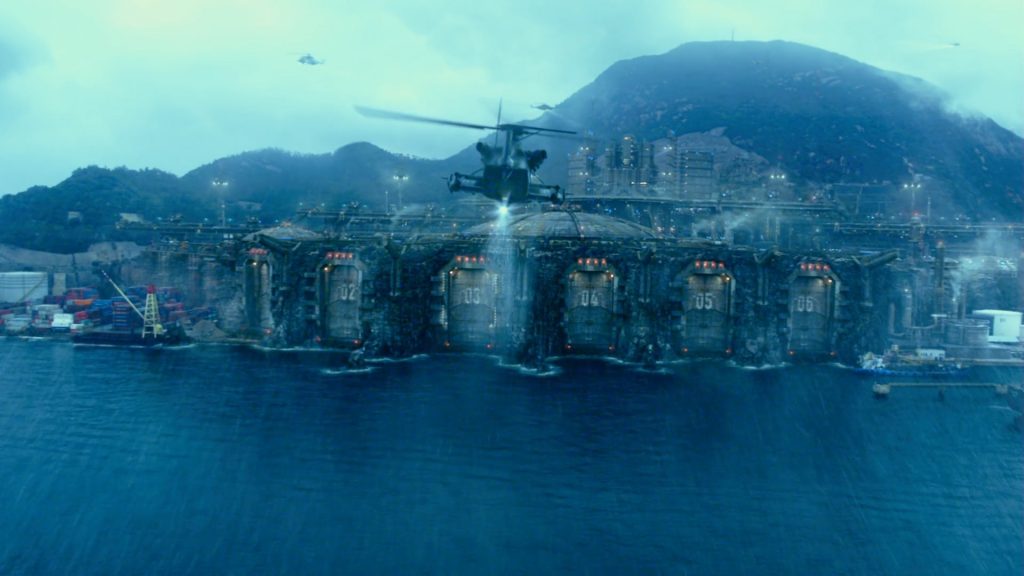
and now, or rather, in reality…
:max_bytes(150000):strip_icc():gifv():format(webp)/GettyImages-586892388-5c7b646fc9e77c0001d19d3b.jpg)
USA, China; 21. Century; Christian; Movie; City: Hong Kong
USA; 20. Century; Christian; Movie; City: Rome

In this scene from the movie “Aquaman” (2018) Atlantis sinks into the ocean. Unlike in all other disaster movies I know, the scene is pictured from a horizontal view line, not from a vertical one. The camera levels with the sea and thus we see both parts of the city: the buildings above water and the buildings below the water line.
This perspective is appropriate for Atlantis, as the city does not perish with it’s submersion but becomes what it is known for through history – and what carries the whole plot of the movie too – a fabled underwater empire.
But the camera position is also noteworthy, as it puts the viewer on the same treshold between the two elements and in a very uncomfortable place. We see the city sink while we ourselves are in the water up to our necks. The change from bird’s eye view – actually it is “plane eye” – to level view is crucial because it means leaving a superhuman and very powerful perspective up in the sky and taking on a more human but also much more involved position. In fact, it’s what a deluge would look like for most people, aas opposed to this:

USA; 21. Century; Christian; movie; City: Atlantis
In the US-American 2014 movie Godzilla, the cityscape – in this case the coastal city San Francisco – experiences an interesting reversal of the culture-nature-dichotomy. The city here is not the place of culture and humanity, but the battle site of a fight between two animal species (Godzilla and the Mutos) – a jungle where creators fight one another mercilessly. In this first image, the soldiers with their parachutes are descending from heaven like fallen angels. The imagery implies, that the city is in fact the underworld, hell.
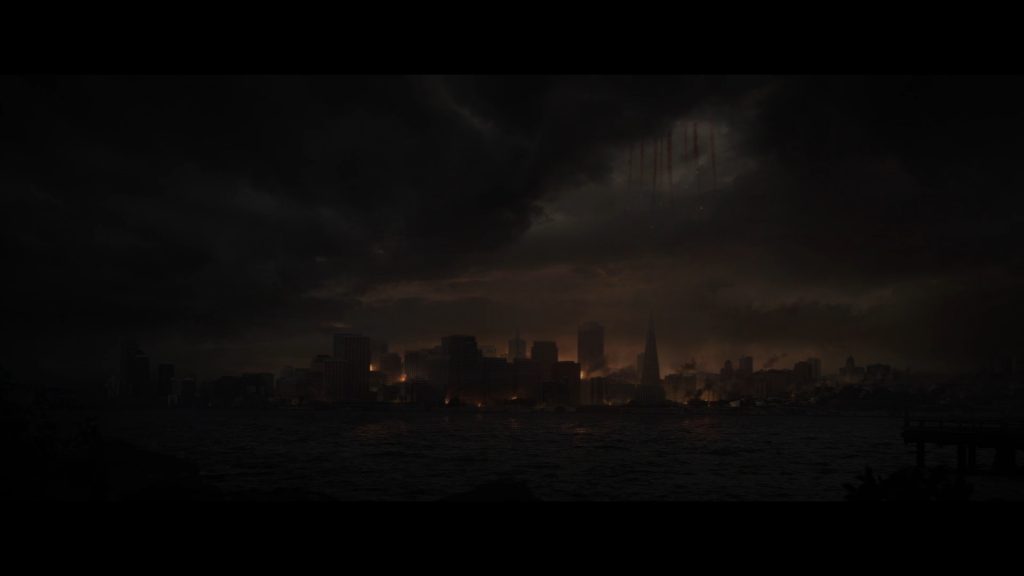
Once the fight is over and nature has had it’s way (Godzilla killed the Mutos while apparently dying herself too) the shape of Godzilla’s body on the ground morphes with the ruins of the city. Animal and city appear as one. But the image also quote another deaster, that was caused by humans and NOT nature: 9/11.
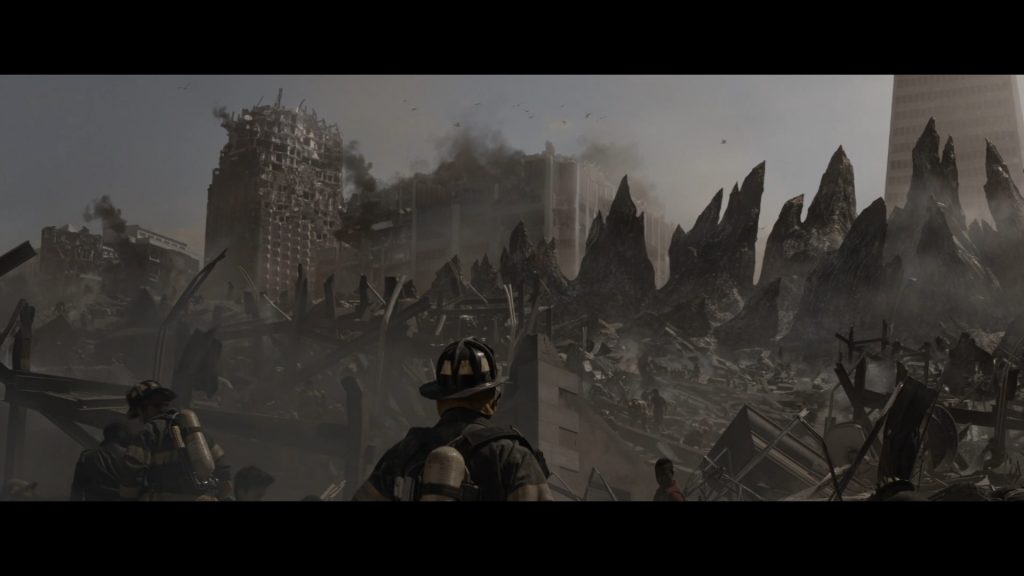
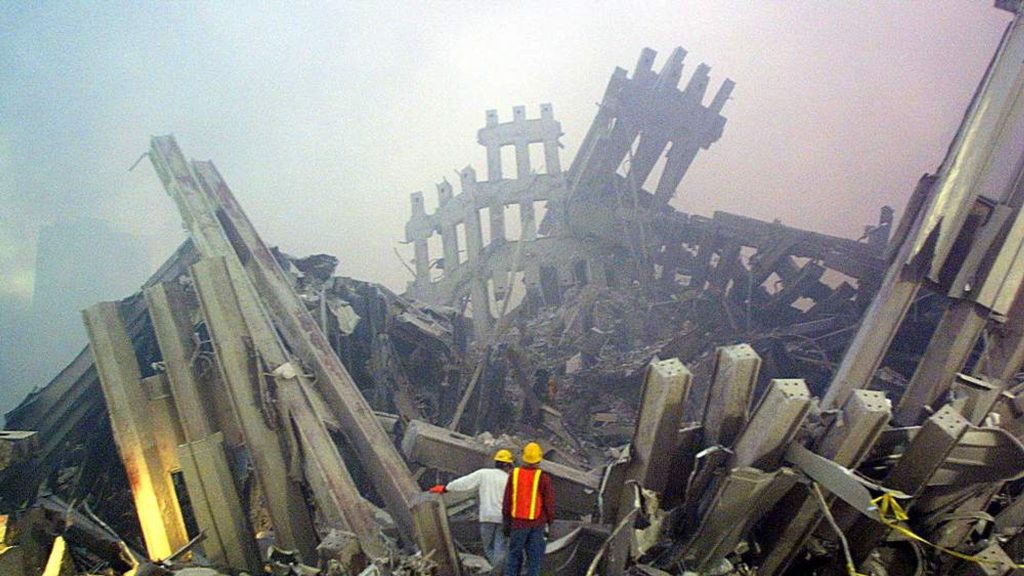
The monster Godzilla is originally a Japanese creation and has been adapted by Hollywood. Gojira, as she is originally called, is part of the extraordinarily rich cultural heritage of desaster metaphors and narratives in Japan, reflecting the seismic instability of the islands and the long experience in dealing with natural desasters and extreme weather events. The US-american movie shows how the trope is adapted to a different cultural setting.
Probably not the first motion picture about a flooded city, but certainly the most influential one. In the 1927 movie the city is a completely fictious science fiction vesion of a city. It is thus more comparable to the new towns that are currently being planned to anticipate the impact of rising sea levels than to the cities threatened by it. Still Metropolis remains one of the earliest immersive visual experiences of a flooded city and a futurist version of the sinful city punished by a deluge. These images show the making of an iconic flooding scene in the movie. The first image shows the scenery before the flooding.




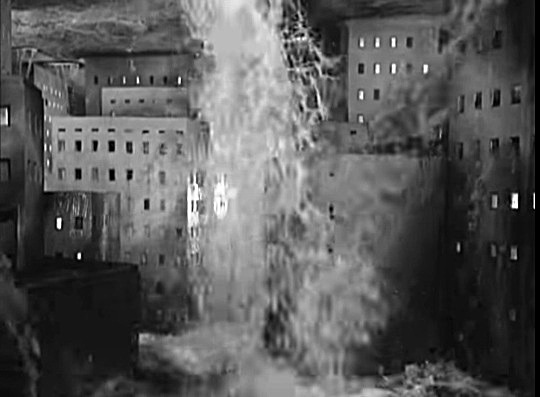

Germany; 20. Century; Christian; Film; City: Metropolis
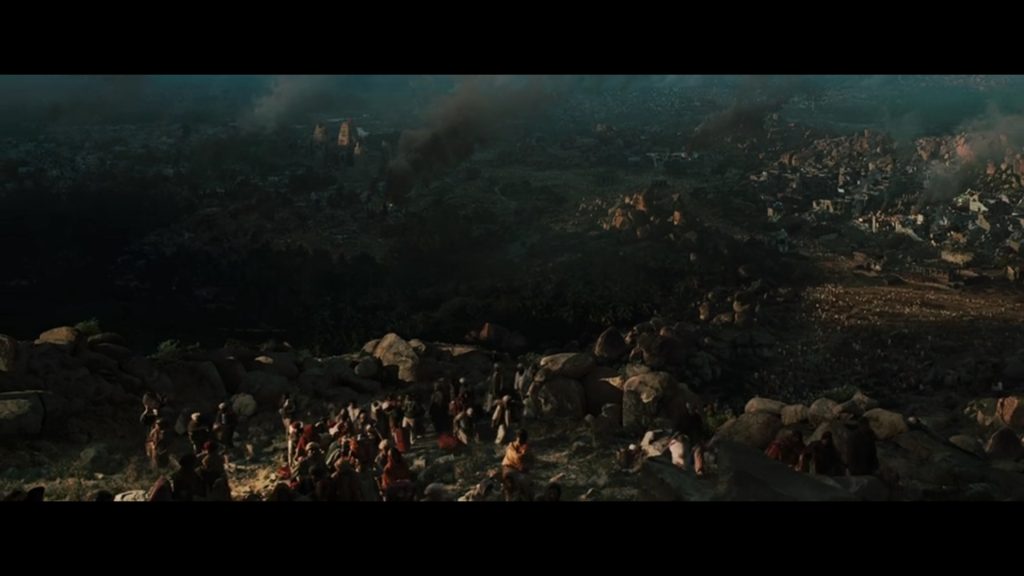
In this image from the disaster movie “2012” (200) the visual style is clearly remeniscent of Rennaissance and medieval paintings. This shot in particular reminds me of depictions of Golgatha.

USA; 21. Century; Christian; Film; Art History;
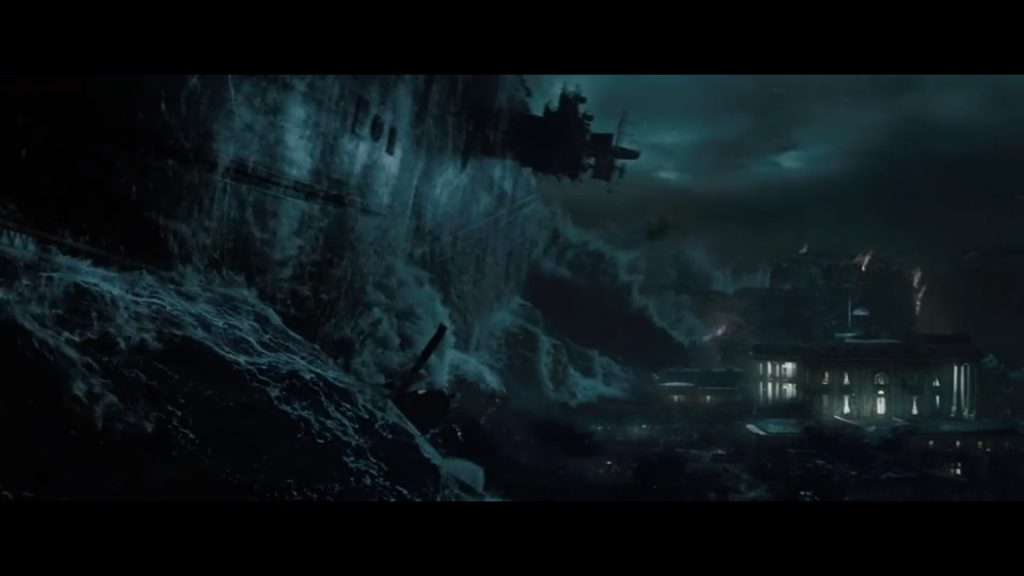
In the movie “2012” – for reasons unclear to me – the White House is hit not only by a gigantic ocean wave but by a gigantic ocean wave carying a US-Navy aircraft carrier. The movie is from 2009.
USA; 21. Century; Christian; Film; City: Washington